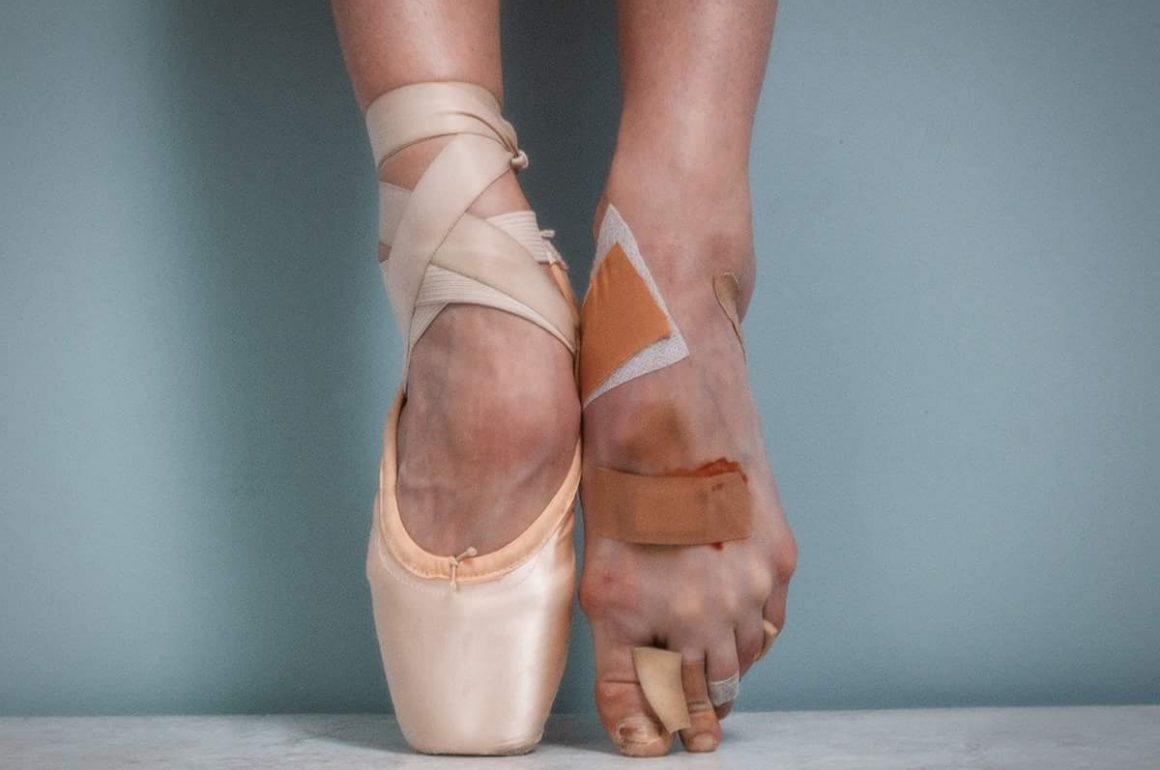
When we were exploring the ideas behind our movement curriculum, we thought a lot about the kind of person who might be taking our classes, and what we wanted to offer that might be different from other studios. One concept that is important to us in everything we do is sustainability: the idea that what we do in the present should lay the foundation for a better future, or at the very least not compromise it. This means buying recycled paper and using reusable hand towels, and it means investing in our staff in ways that allow them to have long, healthy careers. When we planned our movement classes, our focus was likewise on sustainable activities that will support healthy, functional movement both now and throughout your lifetime. So what does that mean exactly?
Imagine a person who practices a particular activity or sport.
Think of a ballerina. A football player. A yogi. A swimmer. A bodybuilder. A runner.
Think of the coordination, skill, grace, muscle tone, and fitness they have in their prime.
Now think what they experience at age 50. 70. 90.
The human body has amazing capabilities, and all these activities can bring great joy. They are often worth the costs. But there are differences in the long term effects of various movement practices. Those that have very narrow or rigid training goals or high impact methods tend to lead to more long term damage: joint issues, arthritis, instability. The potential for serious injury is even higher for those who launch into training without a foundation of core strength or balanced posture. It’s easy to feel trapped between the need to be more active for health and fitness, and the risk of overdoing it or aggravating injuries.
The benefits and risks of exercise
You already know that consistent exercise is essential to health. The research is overwhelming: according to the CDC among many other sources, exercise helps control weight, improves cardiovascular health, prevents heart disease, diabetes and cancer, improves mental health, and lets us live longer. What is sometimes less clear is how much and what kind of exercise is the best for each individual, and how aging affects these questions.
Exercise can have risks. There are extreme cases, like neurological degeneration among football players. We’ve all seen the gnarled feet of a ballerina en pointe; her chances of ankle arthritis and hip injuries like labral tears are vastly higher than the general public. Many studies find that young athletes who train too hard, too young, or with too much focus on one sport can damage growth plates in bones leading to life long problems. And some studies find that former competitive collegiate athletes actually fair worse later in life than those who started exercising after college on indicators of fitness like percent body fat, mile time, sit-to-stand test, and a push-up test.
In most cases, these downsides are directly related to injury rates. In a study from 2013 in The American Journal of Sports medicine, 67% of Former Division I athletes had suffered a major injury compared with 28% among non-athletes. Forty percent of these athletes in a sample of 40-65 year olds were later diagnosed with osteoarthritis, compared with 24 percent of non-athletes. Even without major injury, repetitive use from overtraining in competitive sports can lead to soft tissue degeneration and problems like early arthritis, chronic tendonitis or bursitis. The former college athletes also had higher levels of depression, fatigue and poor sleep. These psychological tolls are a major compounding factor of injury for anyone who comes to exercise as a way of moderating stress or depression, leading to a negative spiral that makes recovery even more difficult.
Injury prevention
Injury prevention, then, is key to sustainable movement. Injuries are common even in non-athletes who exercise: 28% in the study above. Another study in Harvard Men’s Health Watch that found a 21% injury rate in just one year among 6313 people who exercise regularly. Thankfully, many of these injuries are minor, and can be successfully rehabbed. But there is data to support the common-sense concept that some activities are safer than others. Lower-risk activities in one study included walking, gymnastics, swimming, hiking and gardening, as compared to higher injury rates in team sports, skiing, tennis, and running.
Injury prevention can mean choosing safer activities, or it can mean “pre-habbing” by working on your foundational skills, strength, and mobility. It’s important to remember that exercise can take many forms and still be effective. Movement doesn’t even have to look or feel like “exercise.” In fact, variety is ideal: the more types of movement you practice, the more versatile and injury proof you will be.
Our bodies adapt to challenge at every level: the main principle of training is to interrupt the body’s homeostasis with new challenges, each time going through a cycle of fatigue and recovery. After each cycle, the system is stronger and better prepared to handle similar challenges. For example, the demands of aerobic exercise lead to decreased resting heart rate and increased lung capacity, increasing your efficiency and reducing long term strain on your heart. Lifting weights stimulates the growth of muscle tissue. Weight bearing exercise leads to denser, more resilient bones. Stretching the fascia leads to greater elasticity and rebound. Exposure to new information leads to better neurological conductivity.
It’s the balance between challenge and recovery that needs attention. Injury happens when when the challenge is too extreme, or when recovery is insufficient. Recovery is a function of time, but also what we do during that time: the more circulation and gentle movement we can incorporate, the faster we recover. That’s where massage comes in, as well as gentle movement and stretching. Cross-training (otherwise known as variety in your routine) can also give you a chance to recover while still challenging other parts of the body.
But no matter what you enjoy doing, the risks of not exercising are much greater than the risks of injury. A 13-year study of 370 exercisers aged 50 to 72, for example, found that exercise was linked to a reduced risk of disability and a lower death rate, even among seniors who engaged in running, a high-impact activity.
Aging and exercise
The good news is that for older individuals who remain active, performance and health outcomes can be similar to younger athletes. In fact, although some aspects of aging are inevitable – slower recovery and healing, in particular – there’s some evidence that suggests that many of the supposed effects of aging are instead the effects of being sedentary. As an example, according to a physiologist who works with Cirque du Soleil, performers show little to no bone density loss until around 60 or 65, despite medical dogma which says that bone density typically declines by 1% a year starting by age 30, and much faster for post-menopausal women.
Sustainable exercise isn’t something you’ll find under one roof at most gyms or fitness studios where the focus is on weight loss or achieving performance goals. Even yoga studios, despite their gentle intent, often push students into a practice that is too fast, competitive, or unsupported to achieve the desired effects. And so there aren’t many models for what we are doing, nor is it well understood by the public. But given that the core of our massage practice is about pain relief and injury management, it was particularly important to us to create a movement program that addresses both injury prevention and recovery for a life-long, sustainable practice.
We’d love to hear about your experiences navigating this line between fitness and overtraining or injury, and we’d also love to hear your questions. Get in touch here, or join the discussion on our facebook group The Movement.

